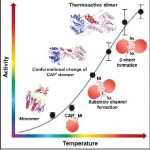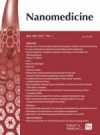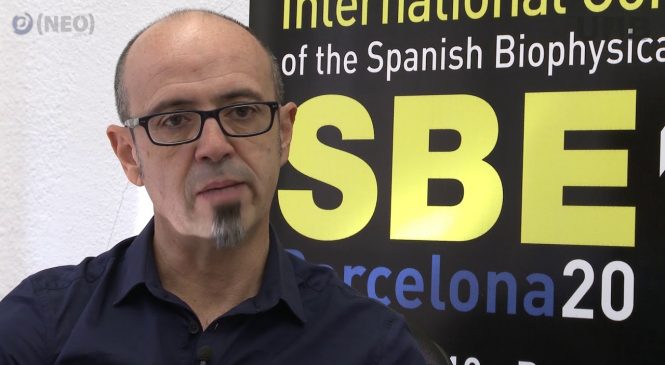
Dr. David Reverter: Structural Mechanism for the Temperature-Dependent Activation of the Hyperthermophilic Pf2001 Esterase
https://www.sciencedirect.com/science/article/pii/S0969212617304033?via%3Dihub
Summary
Lipases and esterases constitute a group of enzymes that catalyze the hydrolysis or synthesis of ester bonds. A major biotechnological interest corresponds to thermophilic esterases, due to their intrinsic stability at high temperatures. The Pf2001 esterase from Pyrococcus furiosus reaches its optimal activity between 70°C and 80°C. The crystal structure of the Pf2001 esterase shows two different conformations: monomer and dimer. The structures reveal important rearrangements in the “cap” subdomain between monomer and dimer, by the formation of an extensive intertwined helical interface. Moreover, the dimer interface is essential for the formation of the hydrophobic channel for substrate selectivity,



